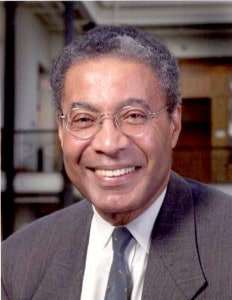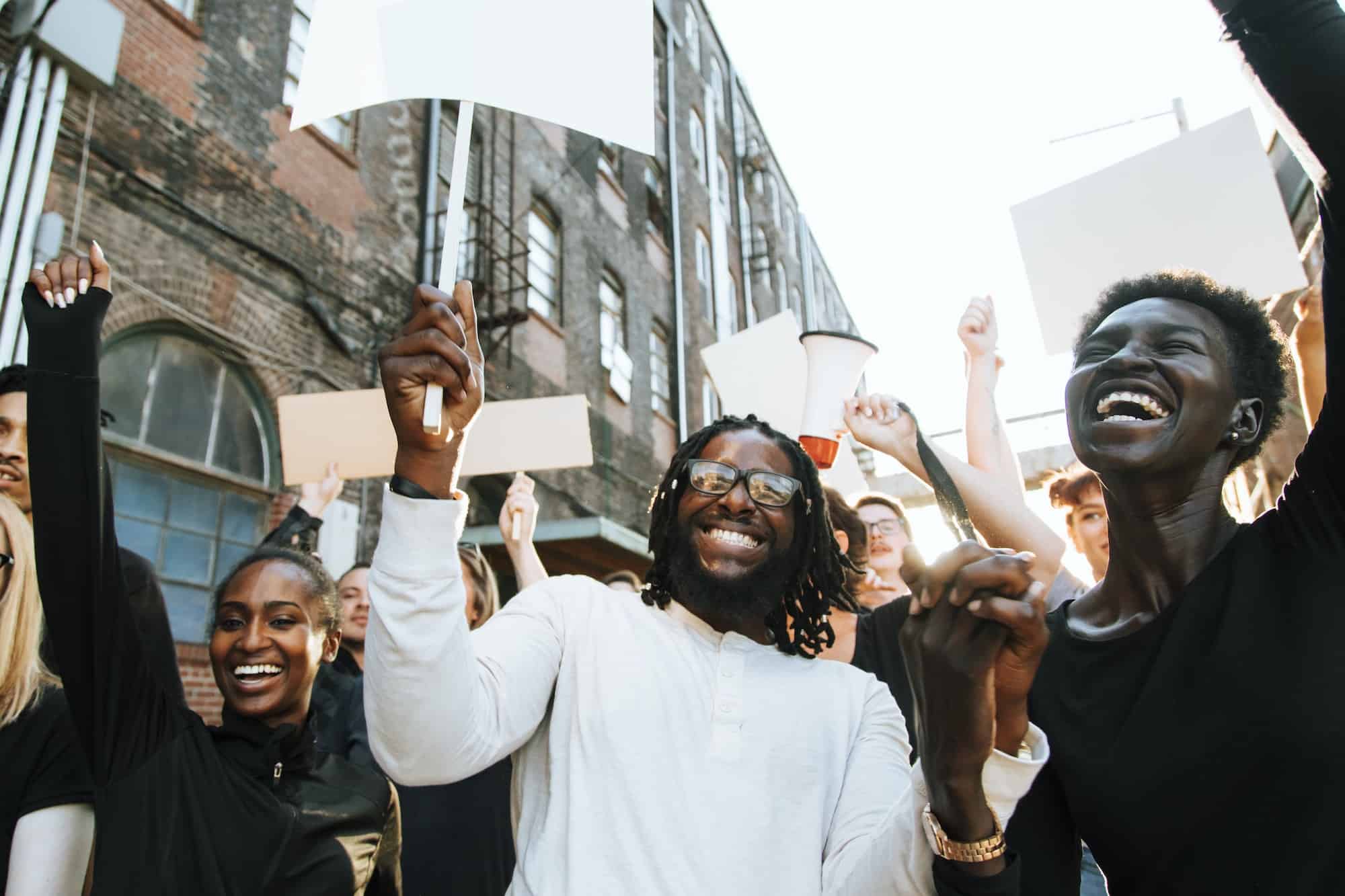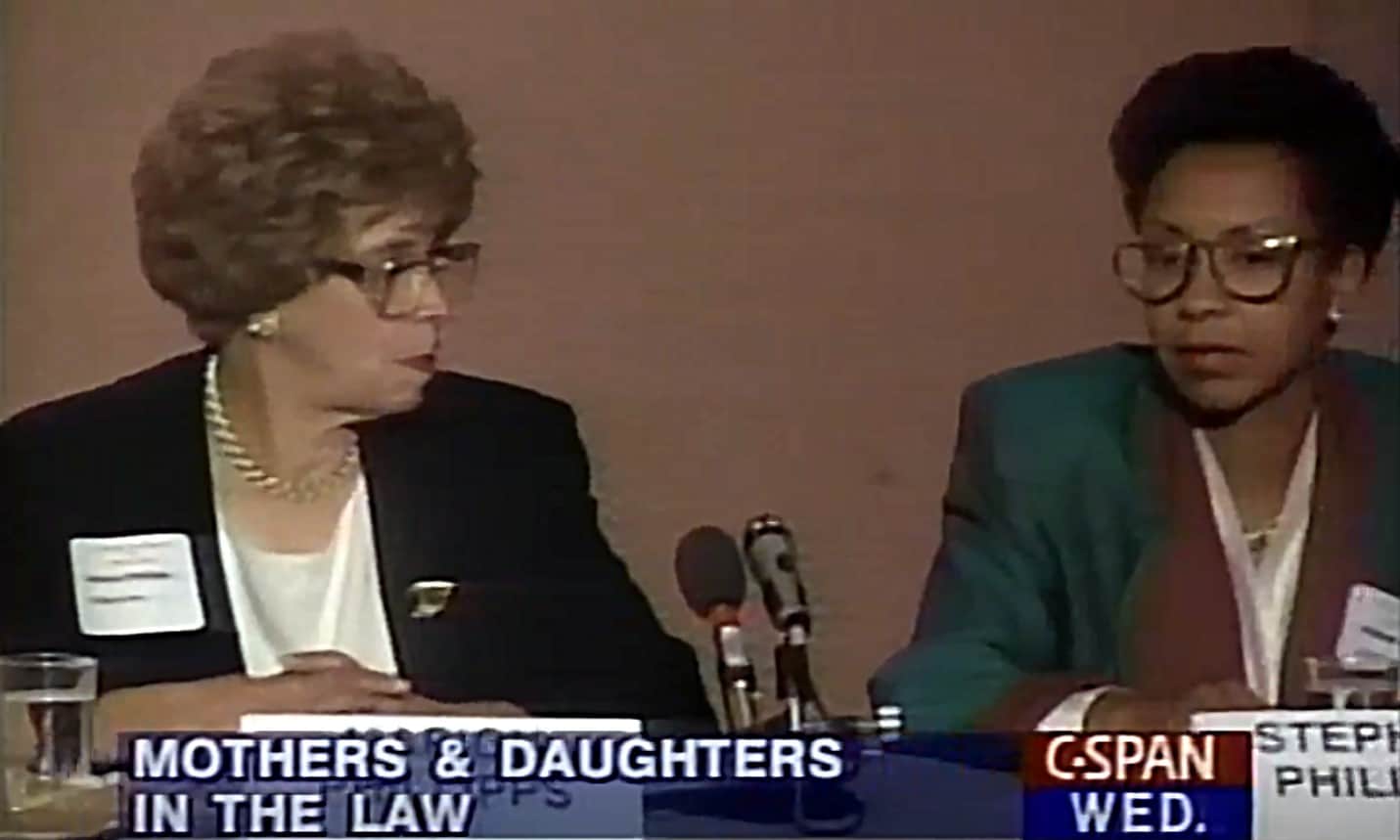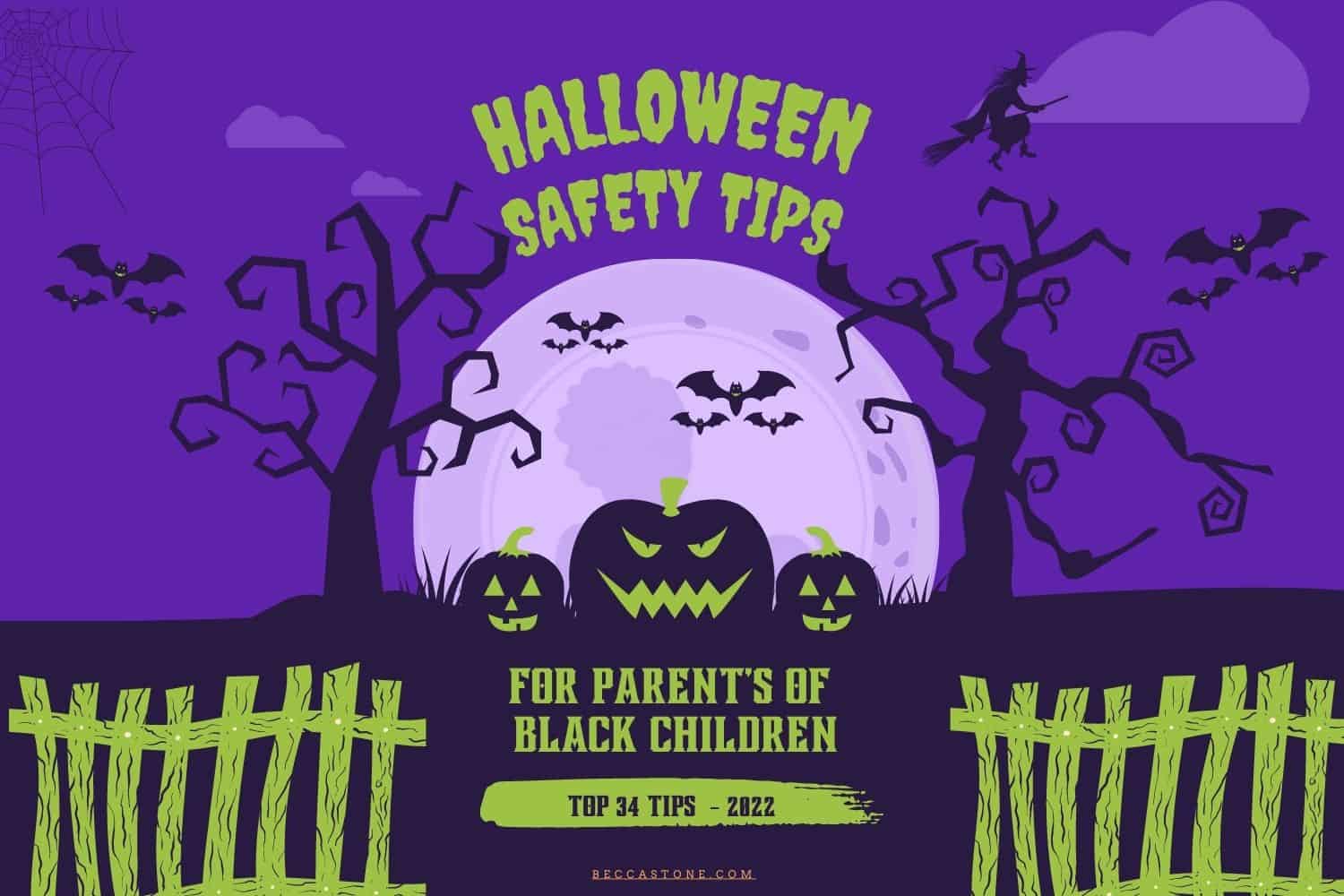 Note: Beccastone originally spoke to Dr. Poussaint in the wake of the killing of 17-year old Trayvon Martin in Florida in 2012. Dr. Poussaint’s words of advice are equally relevant today as parents try to help kids grapple with racial issues and the continuing violence against Black people.
Note: Beccastone originally spoke to Dr. Poussaint in the wake of the killing of 17-year old Trayvon Martin in Florida in 2012. Dr. Poussaint’s words of advice are equally relevant today as parents try to help kids grapple with racial issues and the continuing violence against Black people.
Beccastone: At what age do you recommend that you first talk to a child about race and why?
Dr. Poussaint: The best time to talk is when your child asks questions, and you don’t know when that will come. Children become conscious of differences at ages 4 or 5. They begin to notice differences in skin color and what that means. They may not see much significance at first, but if they pick up things at home that indicate different attitudes toward people who have different characteristics, they may have questions. It will depend on how parents talk at home.
There has been a lot of media attention on the Trayvon Martin killing and violence against Black people. Kids as young as 3 or 4 may pick up something. They may hear parents or adults talking about racial profiling and racial discrimination. They may ask, “What happened to him, Mom? Why did they do that?” So parents have a tough job.
I suggest that parents try to be balanced and talk about how some people in every group have evil, angry thoughts and that this particular person or group of people may have had an evil motivation in shooting the boy. You can talk about how it will go to the court to decide what happened. You should talk in a language your child can understand.
One thing parents should not do is give their child the impression that all whites are potentially dangerous to Black people. If your child becomes scared of all white people, it will affect the child in school, in the street, and his whole sense of trust in society. You want to say that in all groups, there are some people who are not nice and have mean attitudes, but the bulk of people in any group are good people. Prejudice and discrimination exists in American society, but it also exists in many other societies and we should try to get rid of it everywhere.
You have to remember that even at age 4, a kid doesn’t have a blank slate entirely. A child is affected by the kind of neighborhood he lives in. Is it all black or multi-cultural? Is it low income, or suburban middle class? When my son was about 6, I took him to tennis lessons in a park in a Black neighborhood. He asked me one day, “Daddy, how come only Black people are poor?” It was something he picked up, because I had never driven him to neighborhoods where there are poor white people. He also went to school where the white kids he knew were primarily upper and middle class. So it’s understandable that he thought poverty was confined to Black people. We had a long talk, and he understood. But if he had not raised that question, he may have kept it in his head that only Black people are poor.
BS: Do you think parents should initiate a conversation about the Trayvon Martin case?
Dr. Poussaint: You can start a conversation with an older child, maybe 11 and up, but probably not with a child as young as 5 or 6. The best approach with kids is to find out what they already know. Ask them if they’ve heard anyone talking about anything in Florida or about a person dying in Florida, ask what his friends are talking about. There are so many things on television that we don’t know what they have been exposed to. It is also possible that even older children may not want to discuss the case or don’t understand it. You have to respect their right not to want to talk about it. It may make them uncomfortable — the idea that someone got shot because they are Black. There are times in the news where a Black person hurts a white person, and we should discuss whether that is racial or not.
BS: How can parents help a child develop a positive self-image?
Dr. Poussaint: I know Black girls who only have blonde Barbie dolls given to them by their parents or friends of the parents. If they are given only white dolls and these dolls are considered pretty, the child may pick up that there is something wrong with them, their skin, hair color and texture. The more common thing I have heard over the years is that little girls say, “I want to have long blonde hair.” The parents get concerned that the child will develop a negative image. So we have to be aware of the dolls that we give to our children. Parents have to intervene. A child needs reinforcement that their skin or hair is beautiful as it is, without overdoing it. Parents have to be careful whom they say is “pretty”. If parents refer only to fair-skinned children with straight hair as “pretty”, the dark brown child will pick up on these cues and begin to feel that she is not as beautiful.
The kinds of books that you read to your kids are important too — are there different characters and different kingdoms? Are the books about multi-racial families and neighborhoods? There are many good books out there, so there is no reason for a Black kid to have books with only white characters. That sends a message about who is important and who is not. The same is true with television. There are many stereotypes in television shows. Encourage programs like Sesame Street and Dora the Explorer that value people of different backgrounds and have special things to contribute to the community.
BS: What can parents do when there’s a racial incident at school?
Dr. Poussaint: It depends on what the racial incident is — subtle or overt? If a kid calls a black kid the N word, that’s extreme. It may be that the kid who did the name-calling didn’t know what that meant and they were just imitating someone. But that’s still not acceptable. Both parents and teachers need to take responsibility. The parents must talk with their child and explain that there is something wrong with the kid who used that word, not you, and you should never accept anyone calling you that name. I would encourage kids now to immediately report it to the teacher. Teachers are under an obligation to pay attention to this kind of incident.
I recommend that before any racial incidents occur, schools should put in place a process to deal with these kinds of incidents. A lot of this is multi-layered and complicated, so I think schools should have a standing committee that deals with multi-cultural issues. The committee should be made up of teachers, students, parents/PTA and school administrative staff. There should be policies in place so that when something happens, it will go directly to the on-going committee.
The committee should handle not just incidents but also work to promote real diversity in the school. The school’s standing committee should be made up of people from different cultures — Black, Asian, Hispanic, white. Also, as a practical approach, look at the pictures of important people/role models on the walls of the school. Are they mostly white? Is there a fair representation of all the groups? It affects students walking into a room or down a hall to see faces of many races on the walls. Make the rooms and walls multi-cultural.
Rather than operating only in a crisis mode, the committee should have positive activities that would enhance the school’s sense of diversity. Have a multi-cultural day. Do special activities around Martin Luther King Day. Invite special speakers. Bring in dance groups or musicians from other countries/cultures. Let’s deal with the enrichment side of multi-culturalism. The curriculum should be balanced in what is taught. Don’t leave out Native Americans and how we treated them. The committee needs to monitor the whole school. With demographics changing so rapidly, you need to have these standing committees in place and looking at issues constantly. And kids will feel better if they know a school has a committee that deals directly with these issues.
Another suggestion is that if schools have an organization that is for one specific group, such as a Black health organization, it is open to anyone interested in Black health, and is not just for Blacks. That’s how you teach cultural competence — not being afraid of each other but learning from each other.
BS: Do you have any views on how parents should approach the use of the “N-word” in certain music lyrics?
Dr. Poussaint: Kids pick up stuff from television, movies, and videos. They see the adults doing it, and they figure that since adults know what they are doing, it must be ok. So when kids hear the “N” word used constantly in videos, the kids think it’s OK. I think it’s unacceptable. That word is a negative word that you cannot make positive. The term is derogatory and says you’re no good. You cannot spin it in a good way. You cannot erase the negativity. And what about the white kids who hear it? They think it’s acceptable because they hear Blacks use the “N” word all the time, so it must be okay. But when white kids use the “N” word, it comes across as prejudice.
Parents should definitely take the position that the “N” word is unacceptable. They should tell their kids that they are not to use such language and they should not accept such language. The “N” word also demeans the relationship between the sexes. If they are willing to accept the “N” word, then they are more likely to accept “bitches” and “ho’s.” When the rappers are using the words “bitches” and “ho’s,” ask yourself, what does that say about how they think of women? What does that say about you and how you think of yourself? Do you feel you should be with guys who call you those kinds of names? Do you want to be dominated? Do you think that makes you authentically Black?
If blacks, whites, all kids say “I’m not going to buy this kind of music,” then maybe some of the rappers will start to pay attention.
Dr. Alvin Poussaint, now retired, was a Professor of Psychiatry and Faculty Associate Dean for Student Affairs at Harvard Medical School in Boston, Mass. Dr. Poussaint is a nationally recognized expert on race relations in America, the dynamics of prejudice, and issues of diversity. He has written many books (for example, Lay My Burden Down: Suicide and the Mental Health Crisis Among African Americans (with Amy Alexander) ; Come on People: On the Path from Victims to Victors (with Bill Cosby); and Raising Black Children (with Dr. James Comer)) and hundreds of articles, and is the recipient of numerous awards and honorary degrees.







Share your thoughts